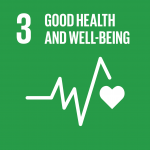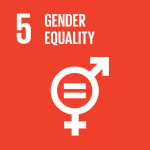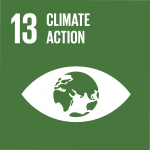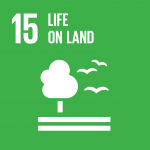Niger’s National Adaptation Plan presents its path to climate resilience
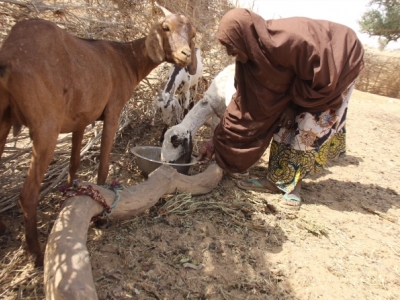
March 2023 – Recognizing that climate change is one of the key stressors of food insecurity and poverty, the Government of Niger set forth institutional arrangements to develop a National Adaptation Plan (NAP) to ensure resilience to climate impacts.
Niger started building the foundations of its NAP in May 2014, with support the National Adaptation Plan Global Support Programme (NAP-GSP) with funding from the Global Environment Facility. With the NAP-GSP, Niger began stocktaking existing frameworks and policies and identifying priority areas for adaptation interventions. By December 2017, Niger’s project proposal for “Advancing medium and long-term adaptation planning and budgeting in Niger” was approved the Green Climate Fund (GCF).
Niger’s NAP project has been delivered in synergy with other initiatives in the country. It supported the National Disaster Risk Prevention and Management Facility to integrate climate change into its strategy, and the development of the nationally determined contribution (NDC) through gender studies and climate scenarios.
With support from UNDP, Niger’s formulated and finalized a National Adaptation Plan that was submitted to the UNFCCC on 14 November 2022. The NAP outlines 25 adaptation options and prioritized five sectors (livestock, health, transport, forestry and wetlands). These sectors are intrinsically linked to the population’s food security, economy, development and well-being.
ADAPTING THE LIVESTOCK
When precipitation levels drop, animal fodder becomes unavailable which causes price inflation and impacts animal health and meat production. Such climate variabilities pose a serious threat to the national economy, increase pressures on pastoral ecosystems and consequently, soil erosion on a mass scale, which ultimately threatens livelihoods. Niger’s NAP outlines a plan of action for livestock, one of the five main sectors, which consists in developing pastoral areas and enhance animal feed banks. Priority will go towards promoting peri-urban livestock, including non-conventional livestock and the application of animal biotechnologies, such as AI and cryopreservation. Additionally, it will provide greater access to agro-meteorological information and build capacity of breeders.
PROTECTING WETLANDS AND WATER RESOURCES
Water resources, such as wetlands, play an important role in feeding the population and livestock sector and are also strongly impacted by climate change. They also impact the road infrastructure, irrigation and agriculture production. Groundwater resources result from hydrogeological characteristics of each aquifer, in particular the mode and conditions of which it recharges. Despite this potential, Niger faces barriers of mobilization, accessibility and optimization of resources available.
CLIMATE CHANGE AND HEALTH
The current climate shocks and future climate projections have been analyzed through a study on health in Niger and focused on several health risks, including malaria, measles, meningitis, malnutrition, respiratory infections, cardiovascular disease and mortality. Niger’s NAP highlights the main impact to public health results from heat waves, increased temperatures and changes to precipitation levels. The NAP outlines actions to raise public awareness and train medical staff and health personnel to take climatic diseases into account and be educated on the differentiated needs of men and women.
STRENGTHENING THE RESILIENCE OF WOMEN
Niger’s NAP also puts a strong emphasis on gender considerations in its NAP. For example, animal husbandry is one of the easiest ways to strengthen the resilience of a household as the animals can be a form of savings and can be sold to satisfy urgent financial needs. In Niger, women only own 28 percent of cattle, which underscores an inequality between genders in the livestock sector. Following sociological field studies, the results showed that in certain localities, some animals are automatically declared as part of the man’s heritage when in fact, even when they actually belong to the woman.
The NAP provides a course of action to improve the resilience capacity of members of women’s associations through the implementation of income-generating activities. The country will develop adaptation technologies that consider the conditions of the women’s associations based on traditional knowledge and work to strengthen the entrepreneurial skills of women and young people.
